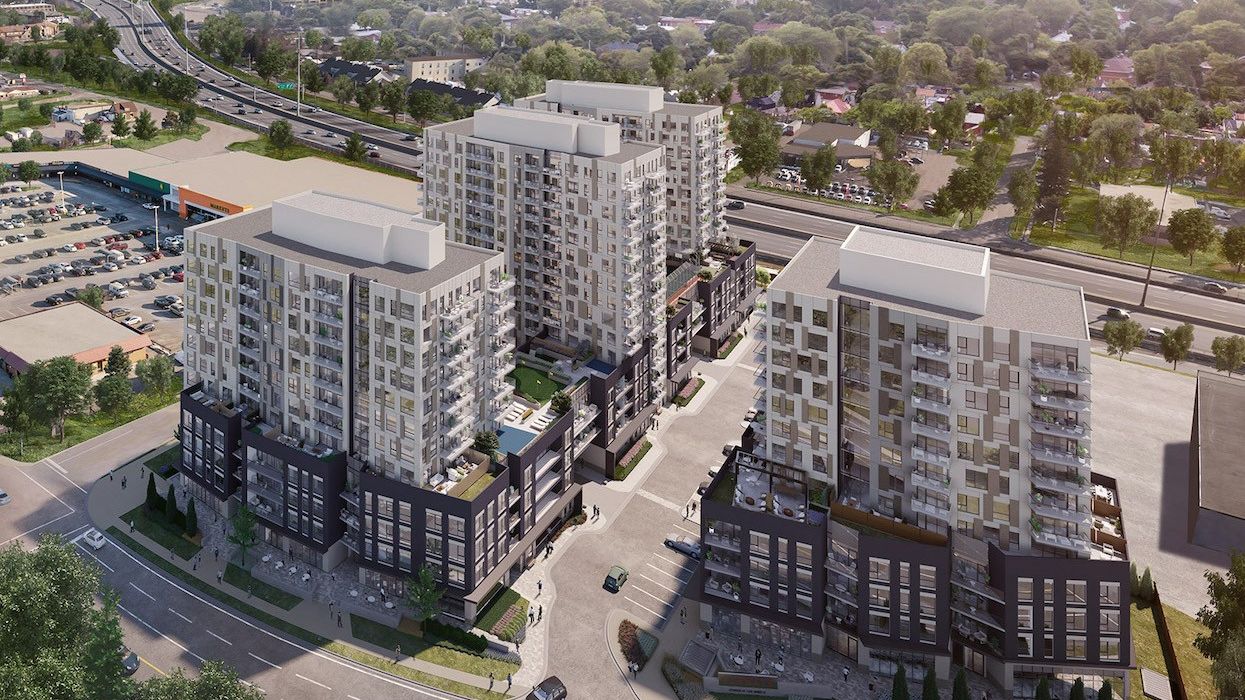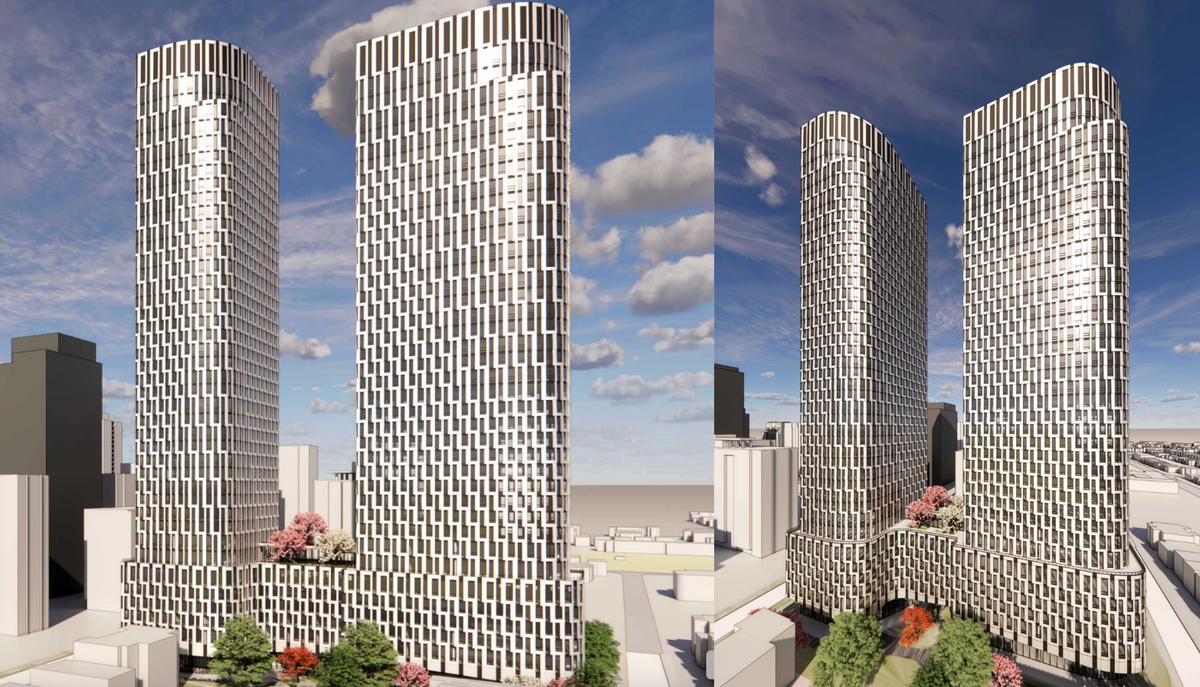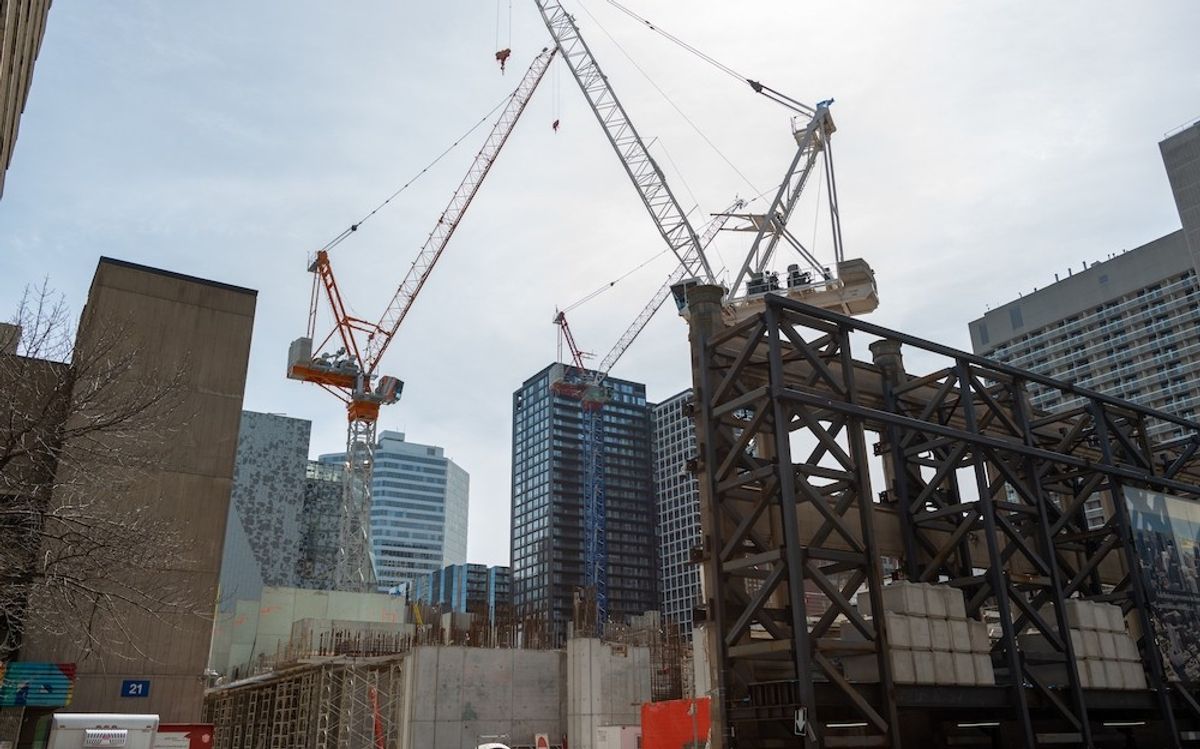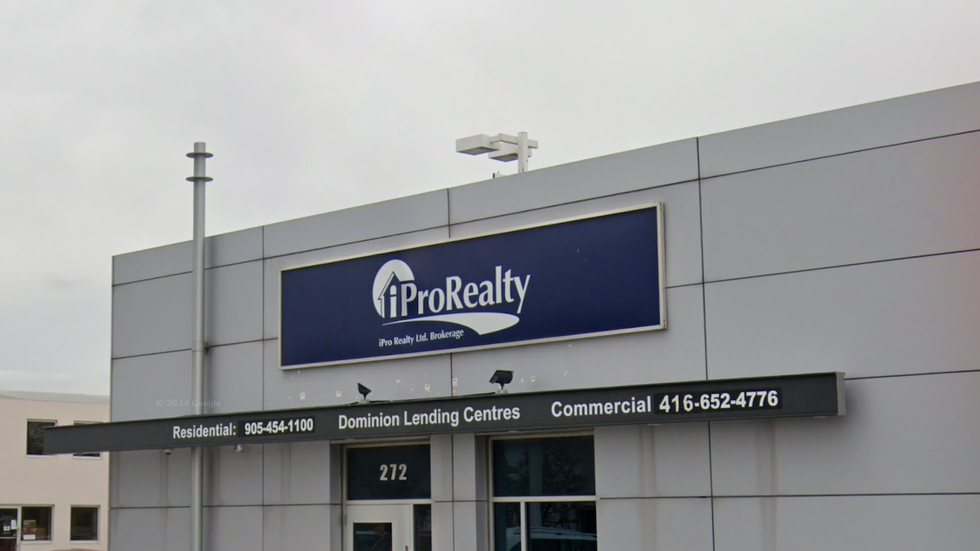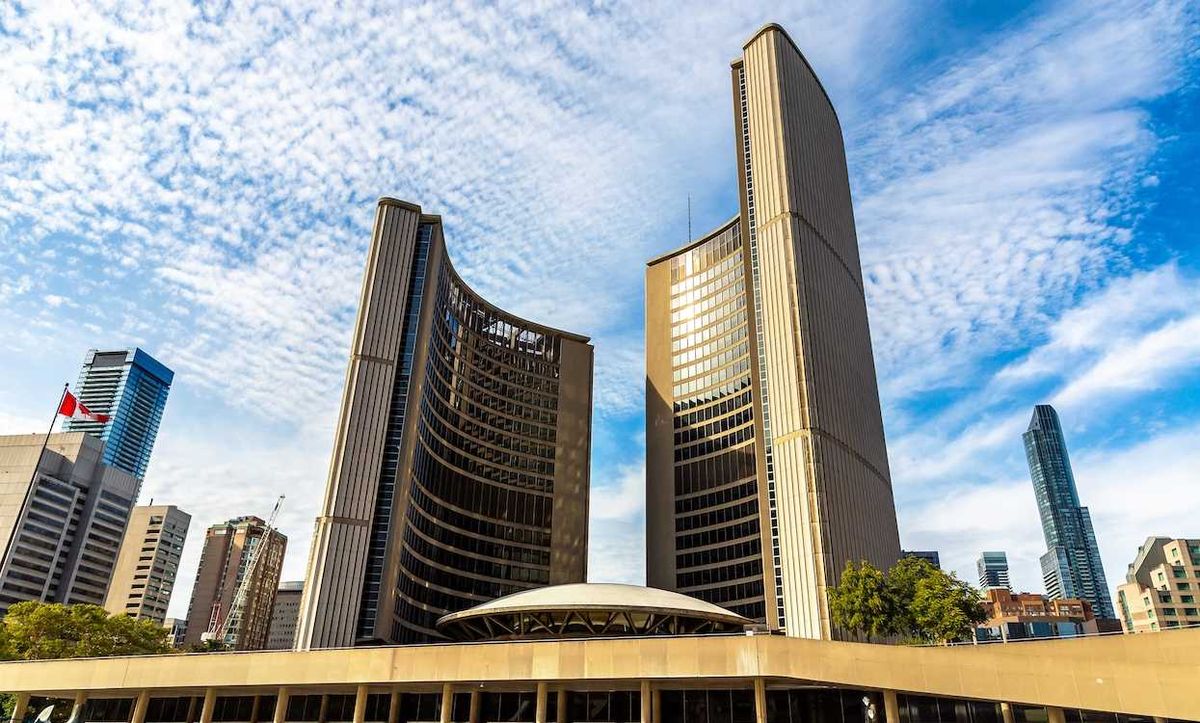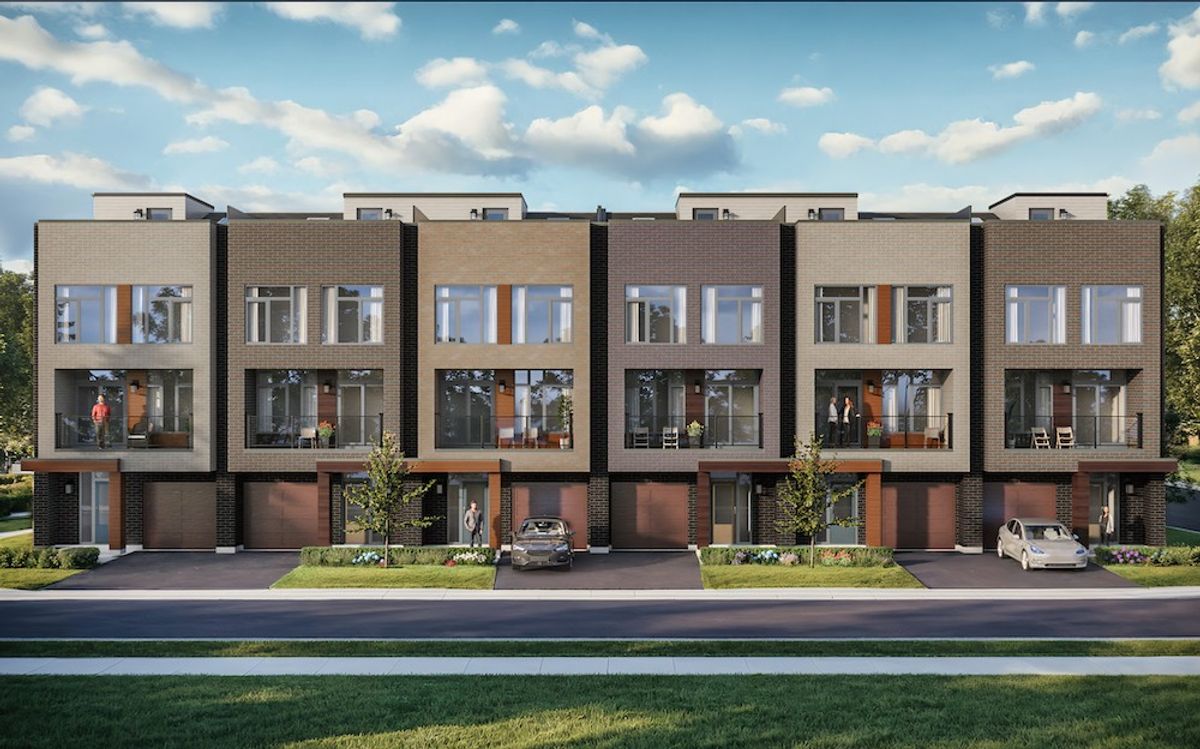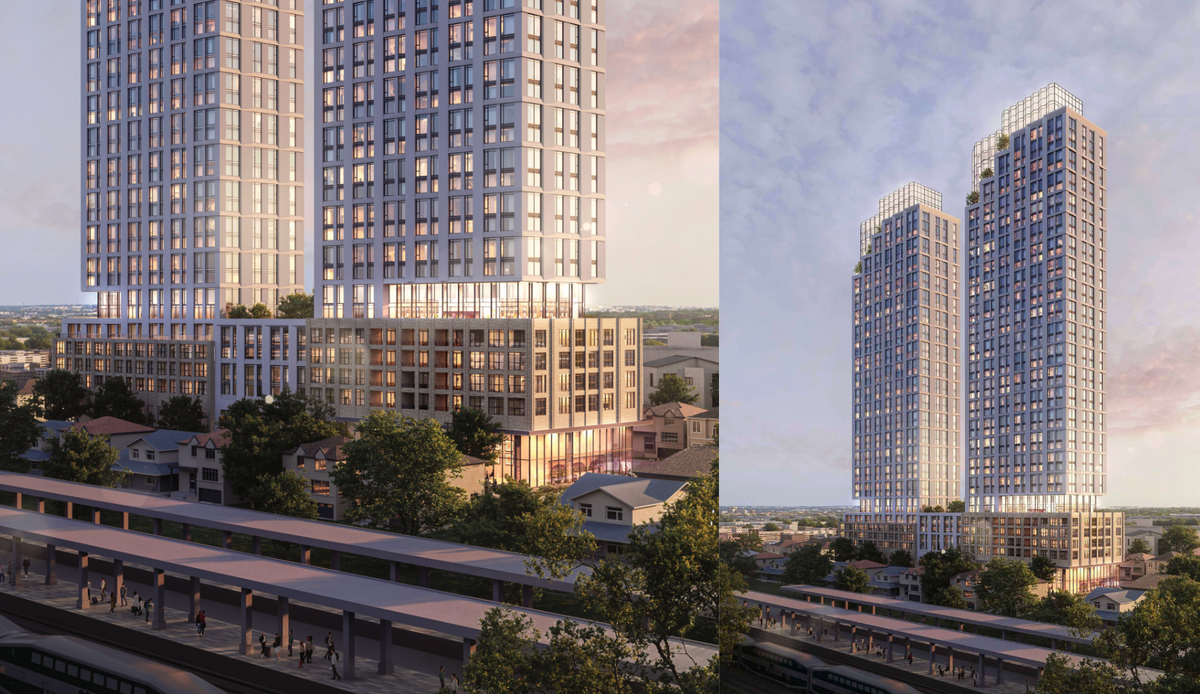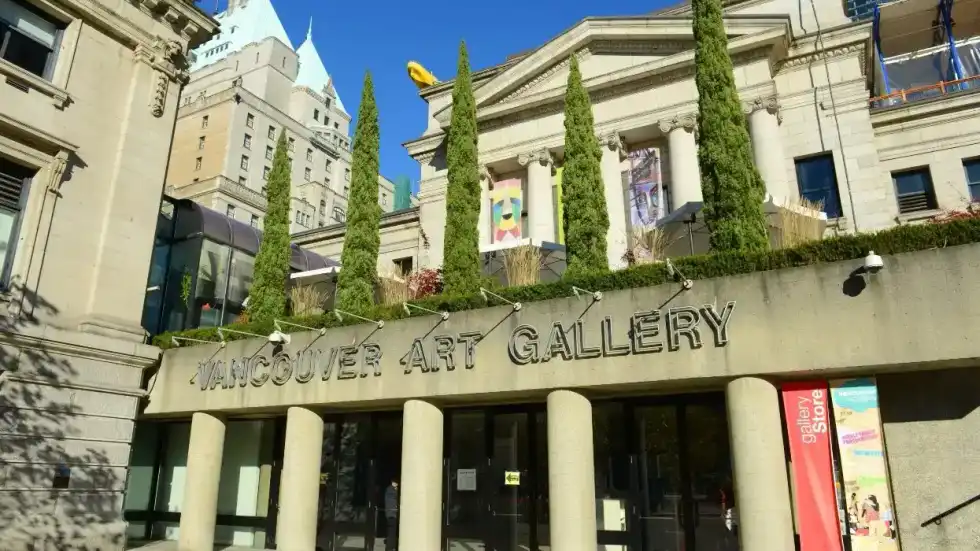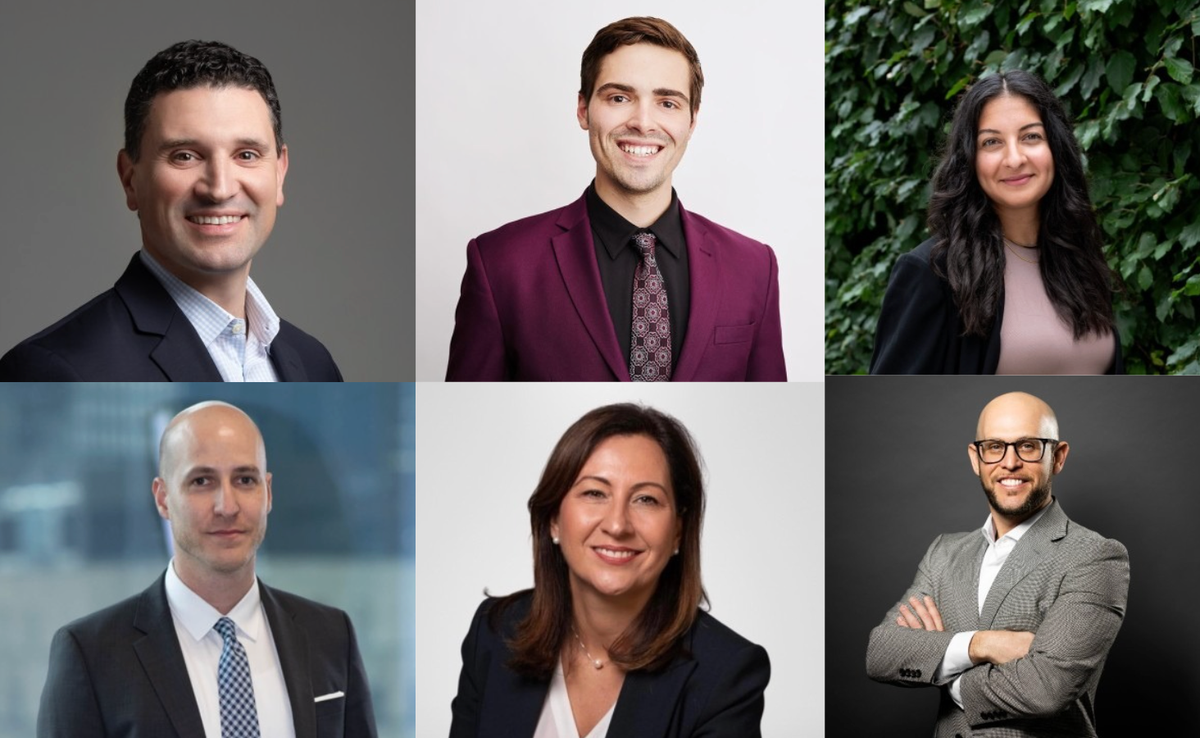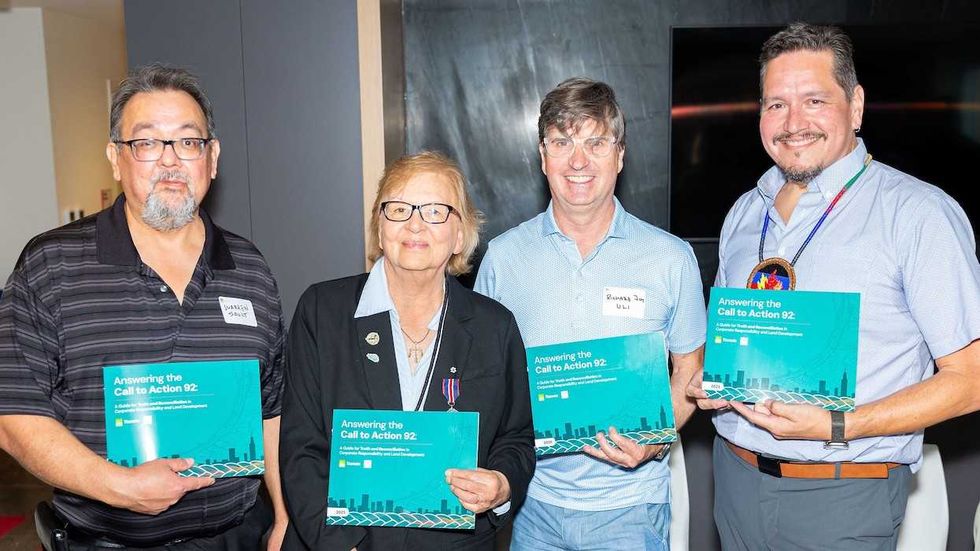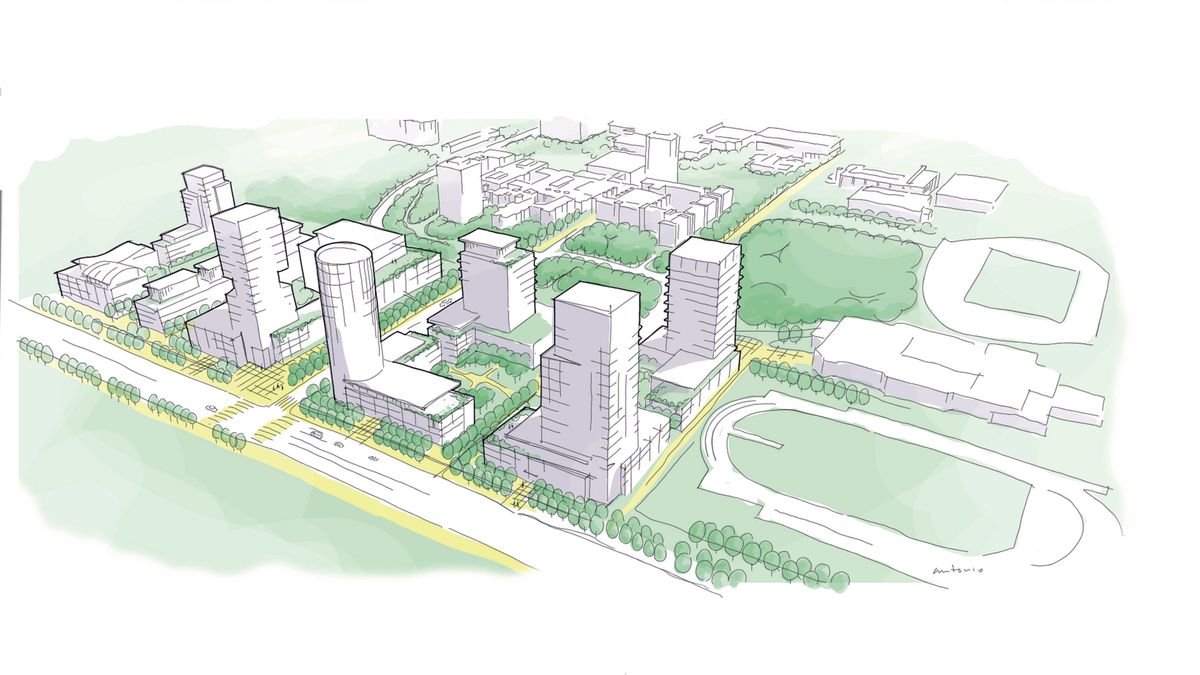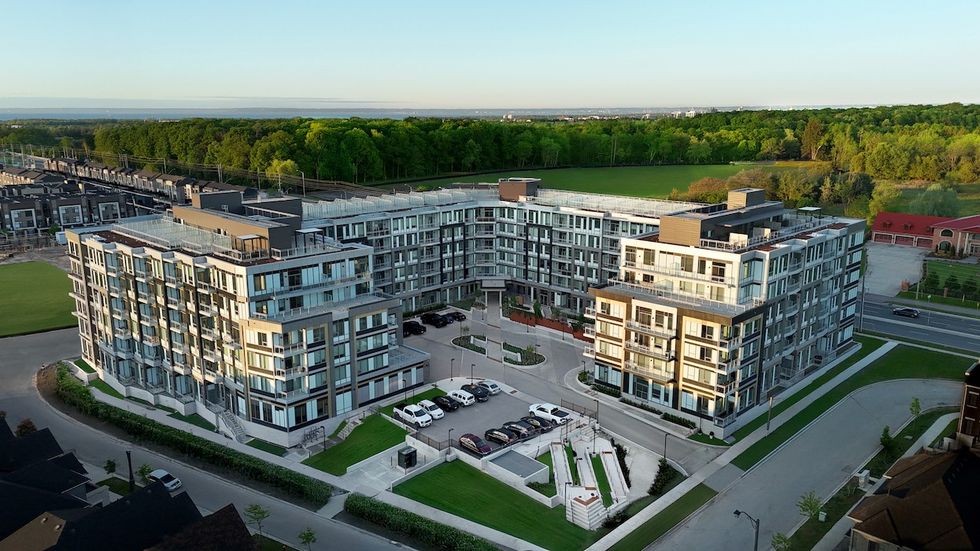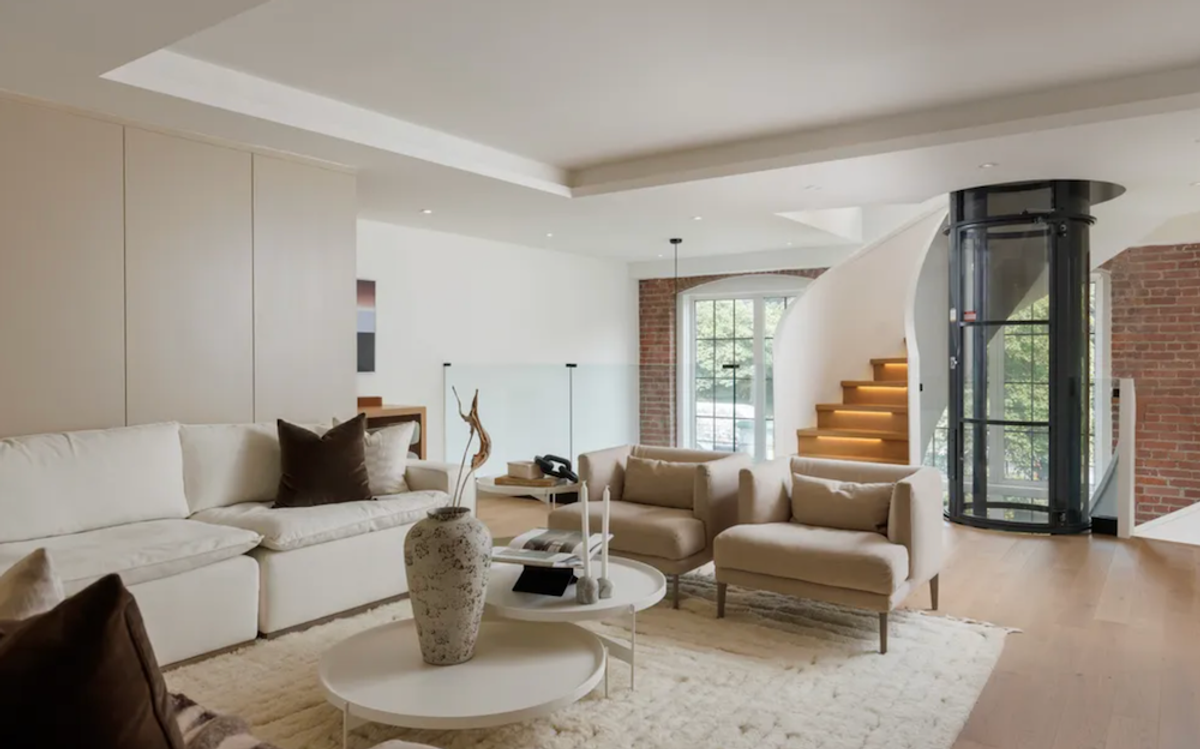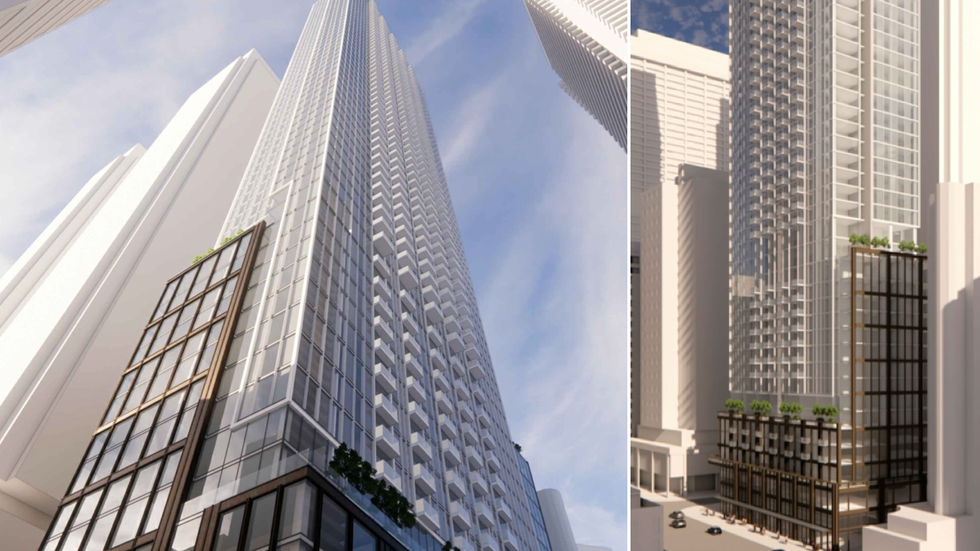At Insolvency Insider's Distressed Real Estate Conference held this summer, panellists across the board agreed that the Canadian real estate landscape over the next two to three years will continue to be fraught with receiverships, CCAAs, and general distress. At the time, President of ELM Developments Elliot Steiner’s contribution to the conversation was that the focus should be on the ‘what comes next’ of it all. “The market is what it is,” he postulated.
Steiner spoke to attendees about ELM’s work on the Elevate Condos in Kitchener, a four-tower project that was placed under receivership in October 2023. ELM — through its construction arm ELM Forward, which is dedicated to third-party projects — was brought on to stabilize the project, but ended up teaming up with Genesis Mortgage Investment Corporation — the junior lender — and Dorr Capital Corporation to submit a bid. The transaction was approved by the Ontario courts in October 2024.
“We invest in projects, and we invest in them because we believe in them,” Steiner said, adding that Elevate, though bogged down with debt, had reliable stakeholders, interest from new lenders barring the right developer on board, and solid upside potential in the long-term. “The world isn't at a dead end, and with most of these [distressed] projects, assuming relatively prudent lending, losses can be greatly minimized. It just takes creativity.”
ELM Forward: An Organic Start
ELM, in 1985, began as a glazing company before Steiner, a partner in the business, opted to shift his efforts into general contracting. Over the years, ELM moved with the ebbs and flows of the market — during the housing market crash of the ‘90s, the company focused more on industrial and commercial projects in Canada and the US, and in the 2000s, it again became about “building homes for people,” Steiner tells STOREYS.
“Over the years, we started doing more and more fee-for-service work… and as we did more and more of this fee-for-service for lenders and receivers — which are good customers as a rule — we decided to brand it, about three years ago and created this sub-sector, the sub-brand called ELM Forward,” he says. “So today, there's ELM Developments; soon, there'll be a lifestyle for our purpose-built rental product; and we have ELM Forward, which is the construction arm, and it's meant to symbolize ‘we’re going forward.’
If it's a project that belongs to us, it's under ELM Developments, but if it's a project that we're working for a receiver or lender or a third-party similar, we brand it under the ELM Forward name,” Steiner adds. He explains the need to differentiate the ELM Forward brand came up internally as the company began dedicating more and more resources to third-party projects.
“And this was the [project managers] coming to us, and our internal management was saying, ‘It's a bit confusing for the trades, it's confusing for the people branding this ELM Developments, because it’s a work-out,” Steiner says. “While the experiences of development and construction and project management and engineering... go hand in hand, the construction of new product is vastly different than [taking over a third-party project]. Everybody thinks you can just keep going, but it’s not true. Even the internal team we have now is different.”
Taking on a project in distress means your first job is putting out any fires, so to speak. In other words: stabilizing the asset. If it’s winter — which Steiner muses it always seems to be, for some reason — the structure needs to be protected from the elements, possibly by boarding it up. If the development doesn’t have a fence, one needs to be installed to prevent material theft and vandalism.
“When we get a call, it's always an urgent call, because the receivers or the stakeholders can't do much until they take control, and by then, usually, people who are about to lose the property or [have been] in trouble, you know, [are not] putting their best foot forward to make sure that everything's in perfect shape,” he adds.
When To Stabilize And When To Invest
When ELM is brought onto a distressed project — typically by a lender or receiver — it’s first and foremost as a consultant. But it doesn’t always end there, as is evidenced by their ongoing work with Elevate.
“We did our work before Christmas, we got it closed in and stabilized, and then further worked on it as the year went by, says Steiner. “We found many issues as we went through the drawings… but, as time went on, I looked at the project and said, ‘Okay, in my eyes, this is doable.’ I had a viable project, I had a good location on a viable project, I understood what the requirements were to complete this project, I'd spoken to the city and we had good involvement and we'd been on there for a while.”
ELM’s involvement with Elevate is somewhat similar to another project that might ring a bell: Vandyk Group’s Uptowns and Heartlake townhome projects in Brampton. The development sites were placed under receivership in November 2023, around the same time the Ontario courts appointed a monitor over most of the (now defunct) developer’s sites. Again, ELM was brought on to stabilize, and ultimately entered into contracts to take over the projects as development manager this past February.
“But sometimes we look at [the asset] and say, ‘We don't know how to make a go of it, we can only stabilize it,” Steiner notes. “We still do our work: we stabilize, we bring things up to code, we get the permits, we also get involved in the planning and the entitlements — we'll do all the things to make it sellable so you can get the most money… and we’ll tell them, ‘Look, how much [are] you willing to lose if you can get an offer? It's safer for you [to sell when it's stabilized], because there's less risk.’”
